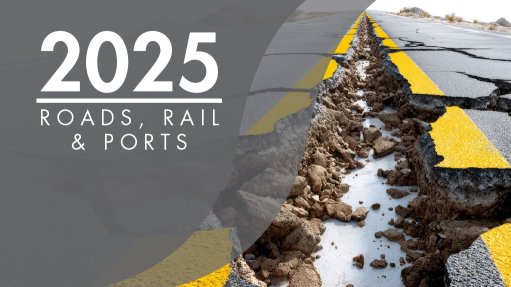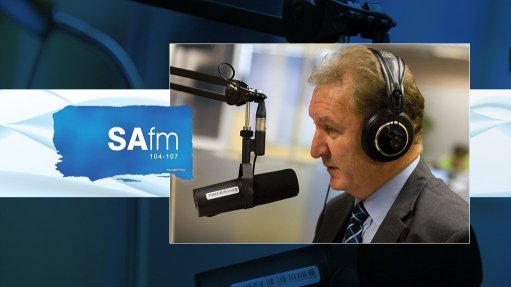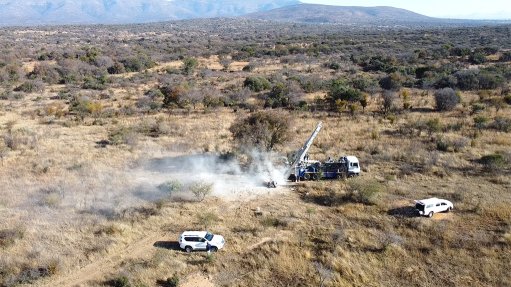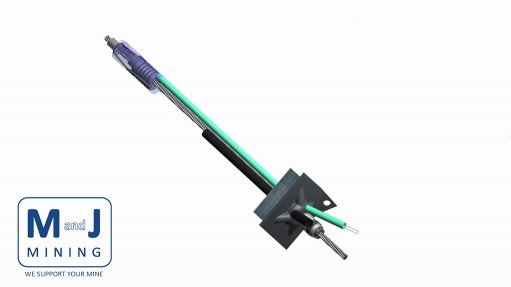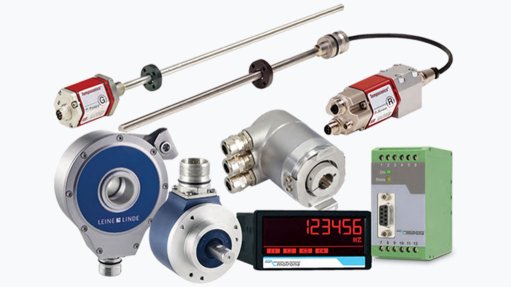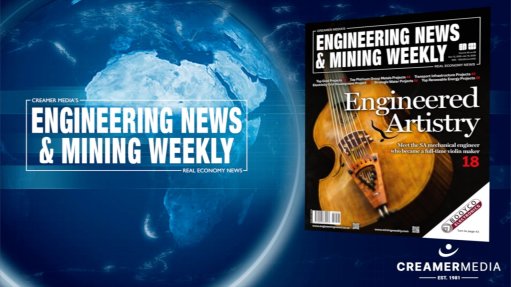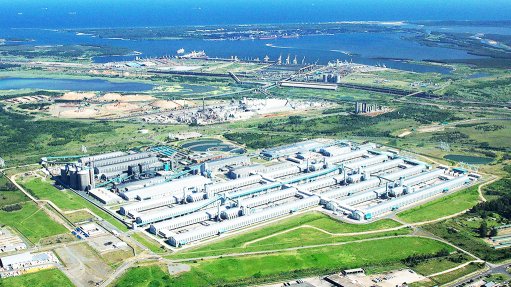Digital ore tracking cuts losses, boosts accountability

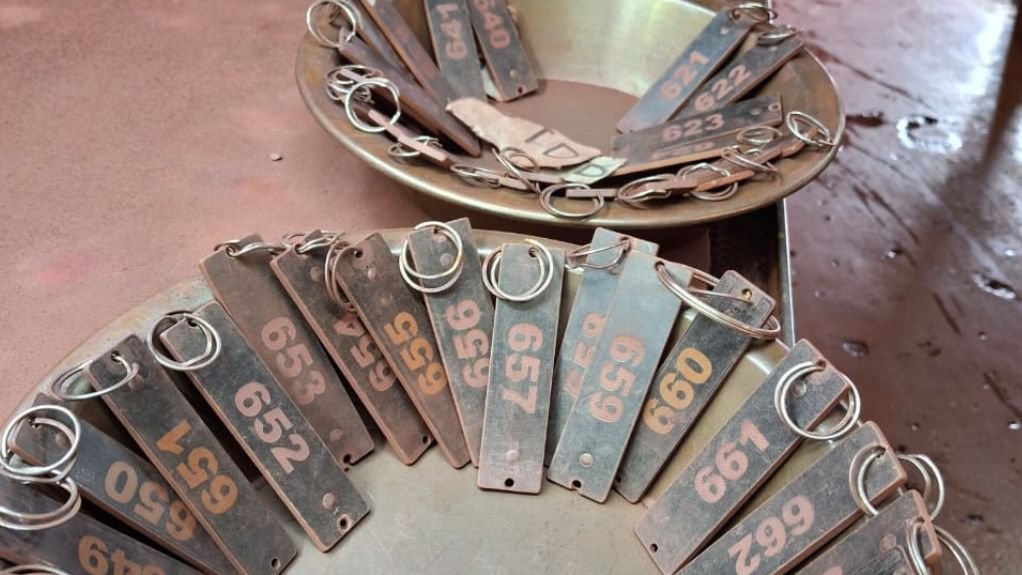

BLAST STAGE Digital ore tracking starts at the blast stage, where RFID-enabled ore trackers are placed directly into blast holes, after which they will travel with the broken ore, carrying a unique digital identity that allows for the ore to be tracked through hauling, stockpiling, processing and delivery
DIGITAL IDENTITY Ruggedised tags survive the blast and travel with the broken ore, carrying a unique digital identity that allows for the ore to be tracked through hauling, crushing, stockpiling, processing and transporting
Enabled by radio frequency identification (RFID) devices and constantly evolving digital ore-tracking technology, South African-based mining tech company Simera Trace is helping mining operations recover lost value, improve sample integrity and prevent ore misrouting with its blast resistant digital ore tracers.
The system provides end-to-end visibility of ore and material flow, offering a “practical solution” to some of the sector’s most persistent operational challenges, says Simera Trace CEO Nicolas Lategan.
While Lategan acknowledges that the mining sector is shifting towards automation, data analytics and operational intelligence, he points out that these technologies rely on one foundational element: a clear, traceable understanding of the orebody.
Digital ore tracking is not a new concept, he says, adding that it has been around for about 20 years.
“What sets Simera Trace’s system apart . . . is how deeply it integrates ore tracking across all mining functions while withstanding harsh operating conditions.”
The Grade Control Management System (GCMS) platform is purpose-built for mining and connects ore data, from planning and geology to logistics and plant operations.
“Unlike earlier approaches that focused only on certain areas, such as laboratory tracking or logistics, we’ve designed a full-system solution that operates reliably, even underground, where interference and rough handling are common,” says Lategan.
The process starts at the blast stage, where RFID-enabled ore trackers are placed directly into blast holes.
These ruggedised tags survive the blast and travel with the broken ore, carrying a unique digital identity that allows for the ore to be tracked through hauling, crushing, stockpiling, processing and transporting.
The same technology is used to tag sample bags, allowing for full traceability from blast hole to laboratory.
“This allows for real-time tracking, location mapping and end-to-end visibility, all the way back to the exact blast hole where a sample originated,” he explains.
Lategan says RFID tag readers installed throughout a mining operation can communicate with the tags, logging the movement and location of various assets and resources such as ore, materials, equipment and personnel. This data is used to monitor flows, detect losses and improve decision-making across a mine.
“Each tracer is linked to a sample certificate, and this traceability allows us to confirm the chain of custody for ore,” adds Lategan.
Beyond ore flow, he says RFID devices supports more accurate stockpile management by identifying the grade and retention time of stored ore, thereby helping with blending and feed planning.
The devices could also be used in the near future to monitor explosives in real time, helping mines comply with safety and legal requirements, as well as allowing for future developments in digital ore passports, and environmental, social and governance traceability, offering clear chain-of-custody records for mineral products.
“Digital ore tracking doesn’t just reduce loss. It enables digital twins, improves accountability and enhances operational insight across the value chain. From reclaiming misrouted ore to validating delivery, it’s not just future tech – it is a present-day necessity,” concludes Lategan.
Article Enquiry
Email Article
Save Article
Feedback
To advertise email advertising@creamermedia.co.za or click here
Press Office
Announcements
What's On
Subscribe to improve your user experience...
Option 1 (equivalent of R125 a month):
Receive a weekly copy of Creamer Media's Engineering News & Mining Weekly magazine
(print copy for those in South Africa and e-magazine for those outside of South Africa)
Receive daily email newsletters
Access to full search results
Access archive of magazine back copies
Access to Projects in Progress
Access to ONE Research Report of your choice in PDF format
Option 2 (equivalent of R375 a month):
All benefits from Option 1
PLUS
Access to Creamer Media's Research Channel Africa for ALL Research Reports, in PDF format, on various industrial and mining sectors
including Electricity; Water; Energy Transition; Hydrogen; Roads, Rail and Ports; Coal; Gold; Platinum; Battery Metals; etc.
Already a subscriber?
Forgotten your password?
Receive weekly copy of Creamer Media's Engineering News & Mining Weekly magazine (print copy for those in South Africa and e-magazine for those outside of South Africa)
➕
Recieve daily email newsletters
➕
Access to full search results
➕
Access archive of magazine back copies
➕
Access to Projects in Progress
➕
Access to ONE Research Report of your choice in PDF format
RESEARCH CHANNEL AFRICA
R4500 (equivalent of R375 a month)
SUBSCRIBEAll benefits from Option 1
➕
Access to Creamer Media's Research Channel Africa for ALL Research Reports on various industrial and mining sectors, in PDF format, including on:
Electricity
➕
Water
➕
Energy Transition
➕
Hydrogen
➕
Roads, Rail and Ports
➕
Coal
➕
Gold
➕
Platinum
➕
Battery Metals
➕
etc.
Receive all benefits from Option 1 or Option 2 delivered to numerous people at your company
➕
Multiple User names and Passwords for simultaneous log-ins
➕
Intranet integration access to all in your organisation






